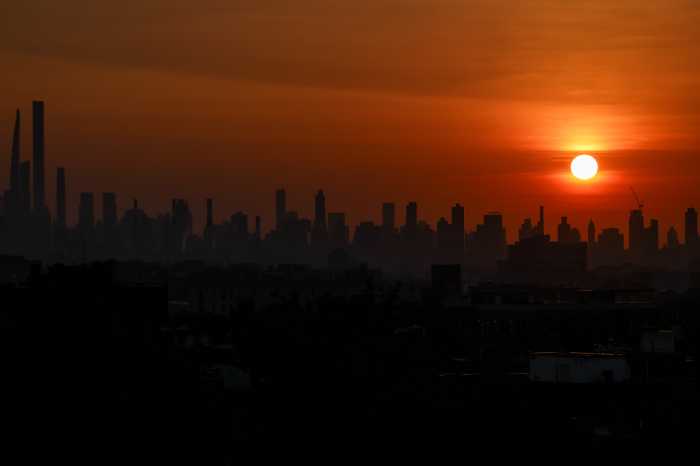The Environmental Protection Agency (EPA) will conduct a Congressionally-mandated study of the Newtown Creek - due out in July 2007 - testing the area's soil, water, and air for hazardous materials left behind by the 1978 Exxon oil spill.
The EPA will also review data collected from all previous studies following the spill, which dumped an estimated 17 million gallons of oil into the 3.5-mile creek - an amount that is believed to be one and a half times larger than the Exxon Valdez spill in 1989.
“Half of Newtown Creek is Queens' problem,” said Basil Seggos, the Chief Investigator for Riverkeeper, an agency aimed at cleaning and protecting the area's waterways. He explained that much of the Creek's sediment and water remains contaminated with oil - nearly 30 years after the spill. “What we all want to know is exactly where this spill is.”
During the investigation, which will involve the cooperation of other local and environmental agencies, the EPA will also analyze how far contaminants from the spill have spread into New York Harbor, and whether Exxon - which promised to clean the spill in 1990 - is using the most effective methods to clean up the Creek.
Since 1990, the oil giant has removed an estimated 8.7 millions gallons of oil from the Newtown Creek, but estimates that it needs another 25 years to finish the job. Senator Charles Schumer and Representatives Anthony Weiner and Nydia Velzquez charged that Exxon's effort to clean the Creek has been sluggish and called for a more detailed investigation into the presence of cancer-causing gases.
Local residents recently become worried that their health may be at risk after a report released last month by the Department of Environmental Conservation (DEC) and ExxonMobil found elevated levels of cancer-causing benzene and methane gas near homes in Greenpoint, Brooklyn, which borders the Creek to the southwest.
Although the study will look at the effect of newly discovered vapors on the Creek, Schumer called for investigators to expand the area tested for benzene and methane and the creation of a federal health registry to track health problems of residents living close by to the spill.
In Greenpoint, residents suffer from rates of asthma, emphysema, and bronchitis 25 percent higher than the rest of the City, and although the health problems have not been linked to the Creek, two civil lawsuits on behalf of Greenpoint residents are currently pending.
To date, the Queens neighborhoods that border the Newtown Creek to the east - Hunter's Point, Dutch Kills, and Maspeth - have not been surveyed regarding the effects of the spill on the land and residents, “It's less likely that there is oil floating underneath the Creek in Queens,” Seggos said, but added that, “It would not be unheard of.”
In 2004, Riverkeeper filed suit against the oil company under the federal Clean Water Act and the Resource Conservation and Recovery Act, and in July, Councilmember Eric Gioia became a co-plaintiff on the lawsuit - which is still pending.
































